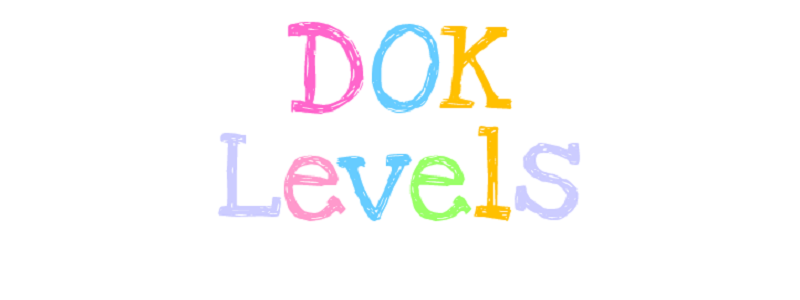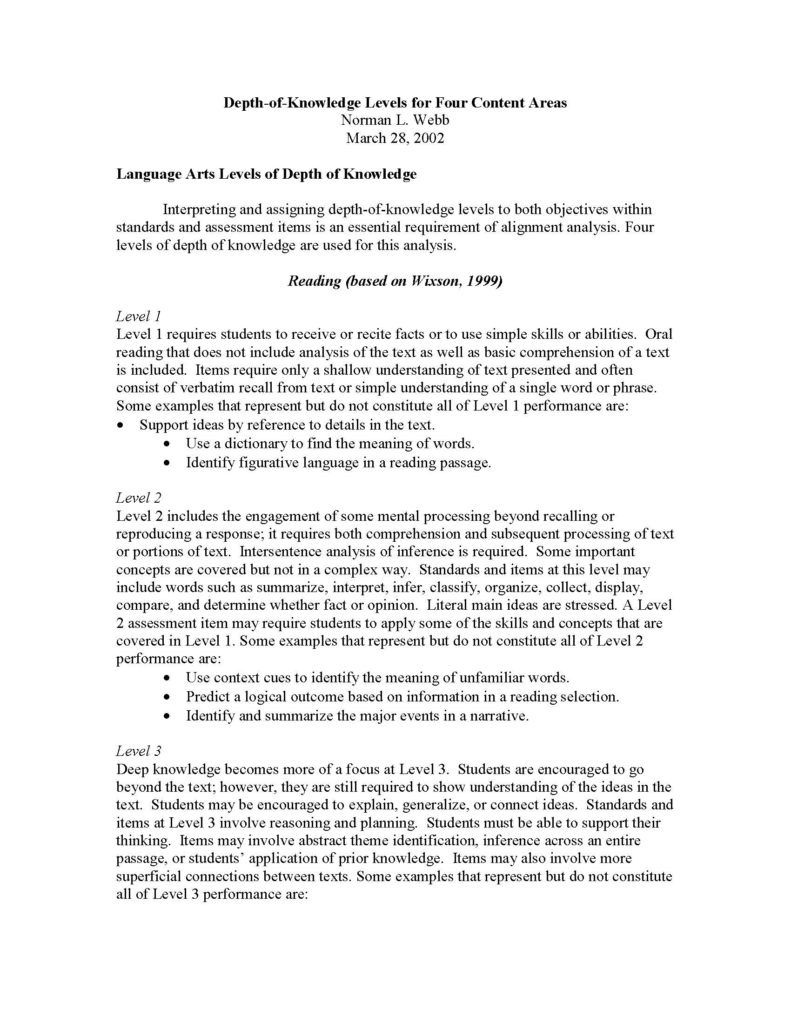
Webb’s Depth of Knowledge Taxonomy and Argumentation
There are several means by which teachers can find themselves in this pedagogical ditch. One of the most common, in my observation, is through a kind of recoil that can occur when more ambitious instruction falls flat, students are not properly prepared for success on higher-order tasks, and the teacher overcompensates or feels that they were burned by more advanced instruction so they lie low in the instructional trenches for an extended time.
Now, there’s a very important place for recall and reproduction of knowledge, certainly; recently The Debatifier posted on some of the neuroscience behind “retrieval practice” and the techniques for its routine use in the classroom. Academic argument, for instance, both draws upon and expands students’ knowledge store.
But blending lower-order thinking with higher-order thinking, and weighting the latter, is essential to establishing a college-directed, college-readying classroom in its practices and culture. To this end, we have developed a grid with argument-related assessments, activities, and practices at each of the DOK levels, across the four main 6th – 12th grade subject areas (English, social science, science, and math). Using this argument-based DOK grid as a resource might help prod and open your thinking, when you feel that the balance of the cognitive tasks and depth of the requirements for application of student knowledge in your classroom has moved out of equilibrium or may have gotten slack.

Our DOK and Argumentation Grid has a representative set of argument-based assessments and activities across each subject area and at each depth of knowledge demonstration. For instance, in science when students are asked to recall or reproduce knowledge, students can convert data into visual representation leading up to its analysis as evidence. When in math students should be able to demonstrate the skills to show how knowledge can be used, they can identify flaws in reasoning in intentionally mistake-ridden solutions to a set of complex problems. In social science when students have to demonstrate strategic thinking by demonstrating that they can analyze and evaluate knowledge and truth claims based on that knowledge, they can be asked to deliver a rebuttal during a classroom debate that attempts to refute (or concede, where appropriate) each of the arguments made by a classmate on the other side of an historical question. And when in English students should be able to demonstrate that they can draw on their knowledge to think creatively, extending what it is that they know in original ways, they can design a set of criteria that will enable their peers to artistically critique the performance of an upcoming drama that the class will attend. All of these argument-based assessment and activity examples are aligned with Webb’s own 2002 analysis of the way that his Depth of Knowledge taxonomy can and should be applied across the disciplines.

One thing we know: when we make a commitment to establishing authentically college prep classrooms, and we are committed to raising our students’ college readiness from current levels, we will have to blend thinking and cognitive application levels in a manner that will push us and our students out of our comfort zones. Paradoxically, the torque that we create when working at this level will issue a pleasant chime, like the one that guitar players get from their tuning meters when they are right back in tune.

